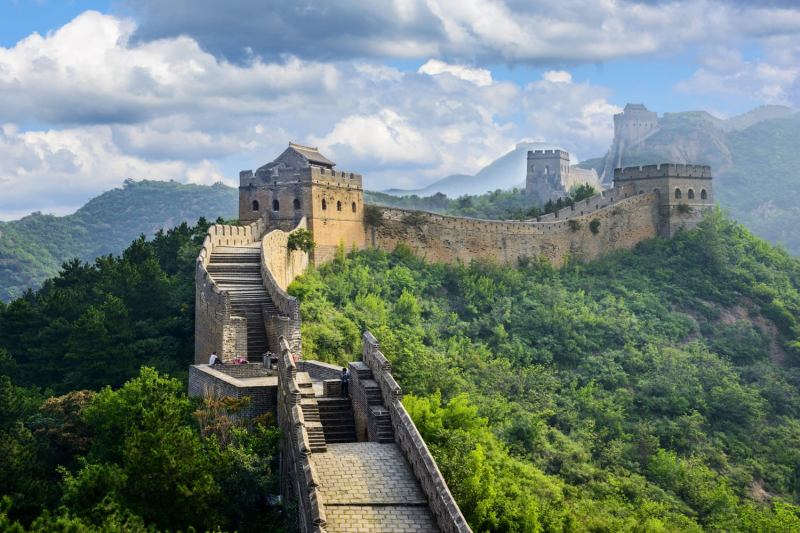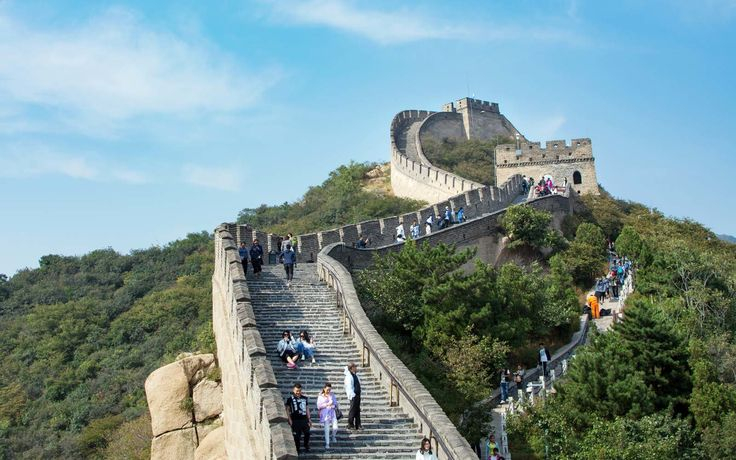Great Wall, China
The Great Wall of China is a system of fortifications designed to protect ancient Chinese kingdoms and Imperial China from numerous nomadic populations from the Eurasian Steppe. Several walls were constructed as early as the 7th century BC, with Qin Shi Huang (220–206 BC), China's first emperor, later connecting selected parts. Only a little portion of the Qin wall has survived. Many consecutive dynasties would later construct and maintain multiple lengths of border walls. The Ming dynasty (1368–1644) built the most well-known parts of the wall.
Aside from defense, the Great Wall has served additional objectives such as border controls, allowing for the application of tariffs on products transported over the Silk Road, trade regulation or encouragement, and immigration and emigration control. The construction of watchtowers, troop barracks, garrison stations, signaling capabilities through smoke or fire, and the fact that the Great Wall's course also acted as a transportation corridor all contributed to the Great Wall's defensive qualities.
Distinct dynasties built different courses of boundary walls. They stretch in total 21,196.18 km (13,170.70 mi) from Liaodong in the east to Lop Lake in the west, from the present-day Sino–Russian border in the north to Tao River (Taohe) in the south, along an arc that roughly delineates the margin of the Mongolian steppe. The Great Wall's protective structure is now widely regarded as one of history's most spectacular architectural marvels.
Location: Starting from Shanhaiguan, Bohai Sea coast to Lop Nur, Xinjiang














